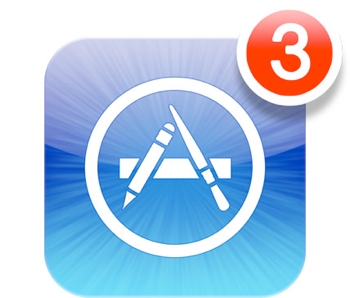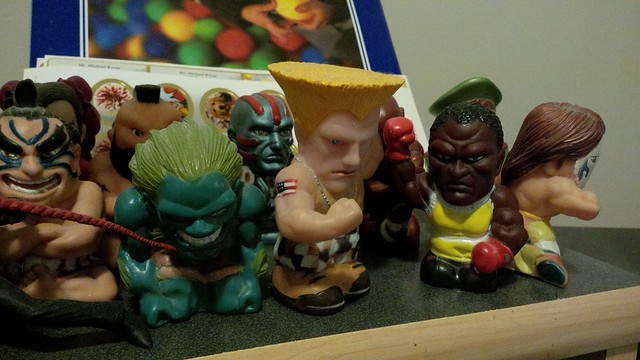 Fingers on BB or Android?
Fingers on BB or Android? As bring your own device (BYOD) infiltrates SMBs' IT strategies, Google's Android operating system (OS) is becoming more widely used at work. There are productivity gains in its wide range of apps, so it is fast becoming an option for firms that don't want to spend a fortune on mobile devices.
The low cost of Android smartphones compared with those running other OSs such as BlackBerry's is one attraction, and their lead in the consumer market ensures they are familiar to many users.
But BlackBerry is still most prominent in the workplace as many CEOs are worried about integrating Android into their businesses because of concerns that it is insecure. With 99% of malware created for the OS, it's important that if Android is adopted, a clear internal strategy is in place.
Apps ecosystem
Android can be easily customised to provide some interesting and useful enterprise applications.
"There is a huge ecosystem of productivity applications and software readily available for Android, as well as native support for Java based sites and improved security measures," says Ernest Doku, Product Relations Manager at price comparison firm Uswitch Communications.
"The OS is fast becoming a good bet for those businesses looking for a stronger infrastructure and fewer overheads," he adds.
In addition to the choice of apps, surfing the web is often easier on an Android device than a BlackBerry, and there is often less lag time when using instant messaging apps such as Skype on Android.
But it's difficult to leave behind what is familiar. BlackBerry is still thought of as the business staple, and the Balance software on the new BB10 operating system allows a partition to be created between work and personal applications and data. BB10 provides tools for delivering work apps to mobile devices, solving many of the issues associated with the BYOD trend.
At the moment, Android does not have the equivalent to Balance but, if managed properly, the OS can be partitioned using third party software so that work and consumer apps and information remain separate.
David Emm, Senior Security Researcher at Kaspersky Lab, says: "Android can be attractive because it is so easily customisable and if you have the software in place you can partition it."
He adds: "There is nothing intrinsically insecure about Android OS, it's the open strategy."
Android partitioning
In addition, enterprise users will soon be able to partition Android in the same way as BB10 using Knox software, which Samsung announced at Mobile World Congress in February. The company is hoping to take on BlackBerry and bolster the adoption of its Android devices in business by offering a more secure version of the OS, which separates business and personal information on smartphones.
The Knox software runs a security enhanced version of Android, which has been developed by the National Security Agency (NSA), and users get enterprise-focused tools such as email, browser, contacts, calendars, file sharing, collaboration, CRM and business intelligence applications.
Whether a business decides to use Android, BlackBerry or Apple's iOS, the security measures are crucial. "When you have confidential business data you need to make sure it is secured," says Emm.
A well planned strategy is needed, involving measures such as remote wiping if a phone is lost or stolen, and a code of practice for employees that includes rules on multiple use.
"If you haven't thought about what would happen if a device is lost or stolen you could run into more problems," Emms says.
Effectively it's about management. "You create sandboxing, looking at what is on there if, for example, you lost a device. You can then remote wipe it. That's attractive to companies as they can wipe a phone."
With tightening budgets, BYOD and a business requirement for advanced capabilities, it is likely that many SMBs will look to Android as a mobile OS, especially with the signs from Knox that more secure software is on the way. BlackBerry could struggle to maintain its lead in the enterprise.
Doku says: "As the Android market continues to expand and iOS bleeds into the corporate space from consumer popularity, BlackBerry may have a tough task on its hands remaining relevant in the SMB space."
Once there a security strategy in place, Android can provide benefits to many SMBs.
"Android has the benefit of flexibility but you must have a strategy in place," says Emm.
There is one more twist to the plot, with BlackBerry's recent indications that it is working on a secure workspace for Android and iOS apps on its phones. This could make it a little harder for the business user to decide which of the two they should choose.
Source : techradar[dot]com





















